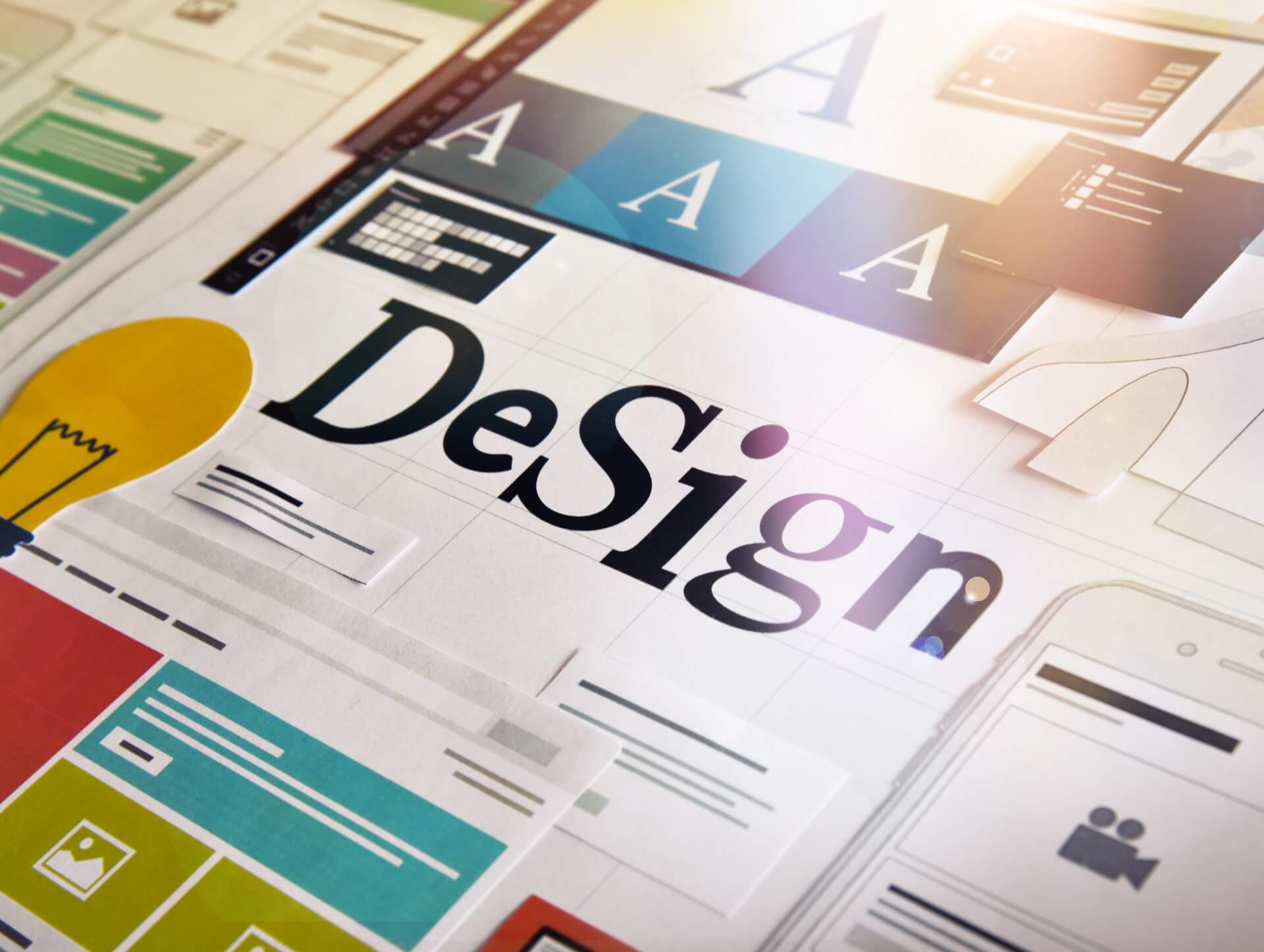The role of prototyping in design collaboration

06/09/2023
In the world of graphic design, collaboration is key. Whether you are working on a brand identity, custom designs, or monthly design services, it is important to have a strong partnership with your clients to ensure brand consistency and create visual solutions that meet their needs. One tool that can greatly enhance design collaboration is prototyping. By creating prototypes, designers can communicate their ideas more effectively, gather feedback from clients, and iterate on designs to create the perfect end result.
What is prototyping?
Prototyping is the process of creating a preliminary version of a design to test and gather feedback. It can be done using various tools and techniques, such as sketching, wireframing, or creating interactive mockups. The goal of prototyping is to visualize and validate design concepts before investing time and resources into the final product.
The benefits of prototyping in design collaboration
Prototyping offers several benefits when it comes to design collaboration:
1. Effective communication of design ideas
Designers often have unique ideas and concepts in mind when working on a project. However, it can sometimes be challenging to effectively communicate these ideas to clients who may not have a design background. Prototypes provide a tangible representation of the design, making it easier for clients to understand and visualize the final product. This leads to better communication and alignment between designers and clients.
2. Gathering feedback and making iterations
One of the key advantages of prototyping is the ability to gather feedback from clients early in the design process. By sharing prototypes with clients, designers can get valuable input and make necessary iterations before investing significant time and resources into the final design. This iterative approach ensures that the end result meets the client's expectations and needs.
3. Collaboration and co-creation
Prototyping encourages collaboration and co-creation between designers and clients. By involving clients in the prototyping process, designers can tap into their knowledge and expertise to create a design that truly reflects their brand identity and goals. This collaborative approach fosters a sense of ownership and partnership, leading to a stronger and more successful end result.
4. Saving time and resources
Prototyping allows designers to identify and address potential issues or challenges early on in the design process. By catching these issues before moving forward with the final design, designers can save time and resources that would have been wasted on rework. This efficiency not only benefits the designers but also the clients, as they receive a high-quality design in a shorter timeframe.
Best practices for prototyping in design collaboration
When it comes to prototyping in design collaboration, there are a few best practices to keep in mind:
1. Start with low-fidelity prototypes
Low-fidelity prototypes, such as sketches or wireframes, are a great starting point for design collaboration. They are quick and easy to create, allowing designers to gather initial feedback and make necessary adjustments before moving on to more detailed prototypes. Starting with low-fidelity prototypes also helps to keep the focus on the overall concept and functionality, rather than getting caught up in the visual details.
2. Use interactive prototypes for user testing
Interactive prototypes, created using tools like Adobe XD or InVision, can be incredibly valuable for user testing. By simulating the functionality and interactions of the final design, designers can observe how users interact with the prototype and gather feedback on usability and user experience. This user-centered approach ensures that the final design meets the needs and expectations of the target audience.
3. Encourage open and honest feedback
In order to get the most out of prototyping in design collaboration, it is important to create an environment that encourages open and honest feedback. Clients should feel comfortable expressing their thoughts and opinions, and designers should be receptive to feedback and willing to make necessary iterations. This collaborative mindset fosters a positive and productive working relationship.
4. Iterate and refine
Prototyping is an iterative process, and designers should be prepared to make multiple iterations and refinements based on feedback. Each round of feedback provides an opportunity to improve the design and bring it closer to the desired outcome. By embracing this iterative approach, designers can create a final design that truly meets the client's expectations and goals.
Conclusion
Prototyping plays a crucial role in design collaboration. By creating prototypes, designers can effectively communicate their ideas, gather feedback from clients, and iterate on designs to create the perfect end result. Prototyping encourages collaboration and co-creation, saves time and resources, and ultimately leads to a stronger and more successful design. By following best practices and embracing an iterative approach, designers can harness the power of prototyping to enhance their design collaboration and create tailored visual identities for their clients.
Contact us

Spanning 8 cities worldwide and with partners in 100 more, we’re your local yet global agency.
Fancy a coffee, virtual or physical? It’s on us – let’s connect!

